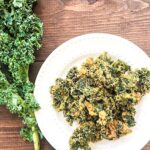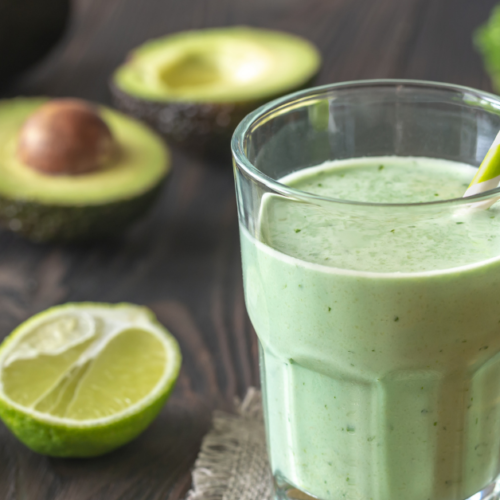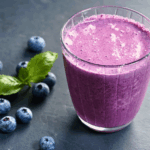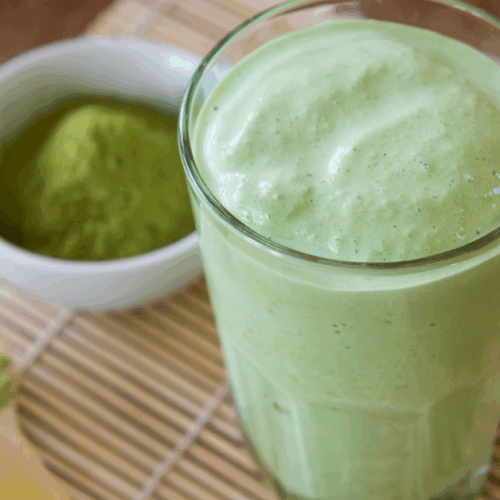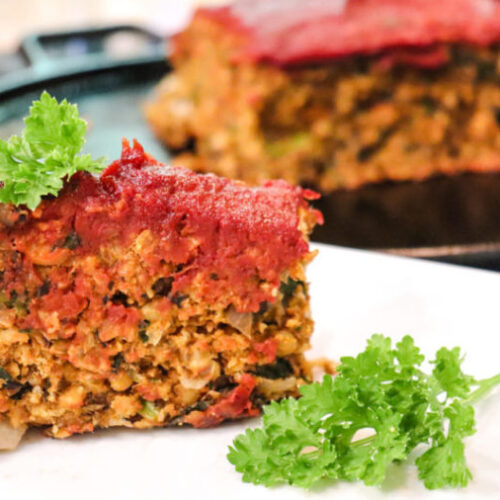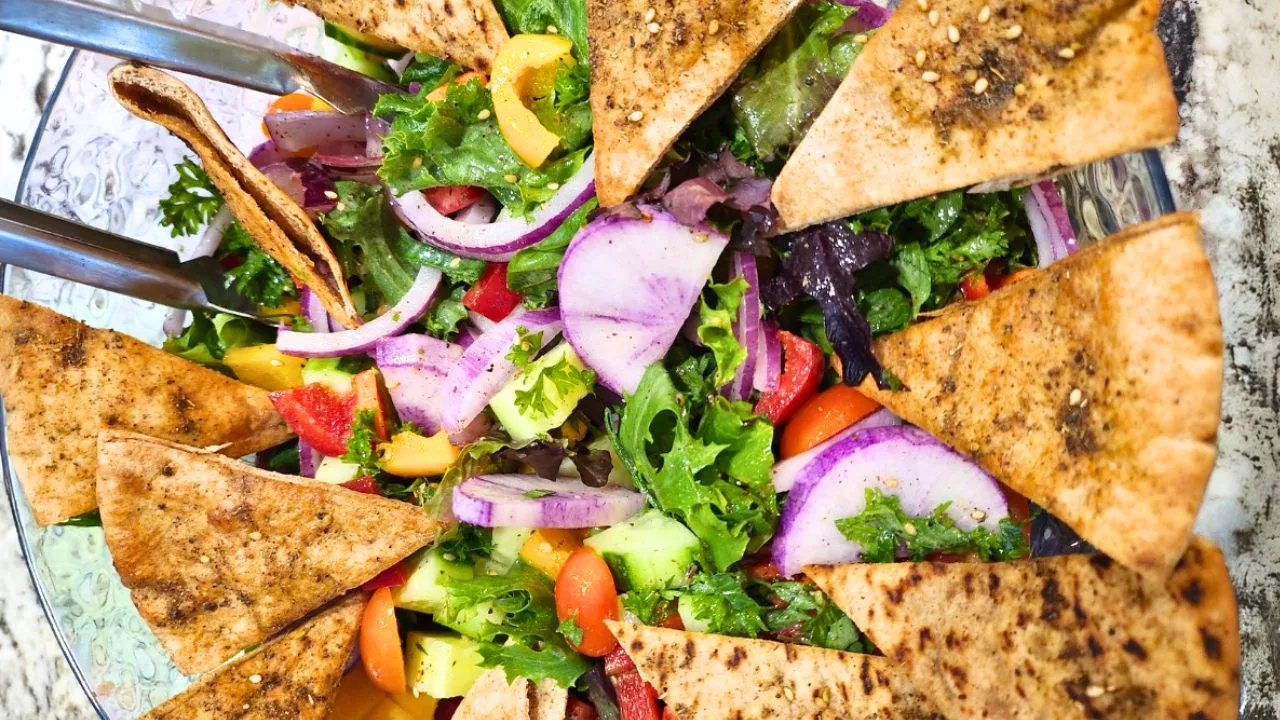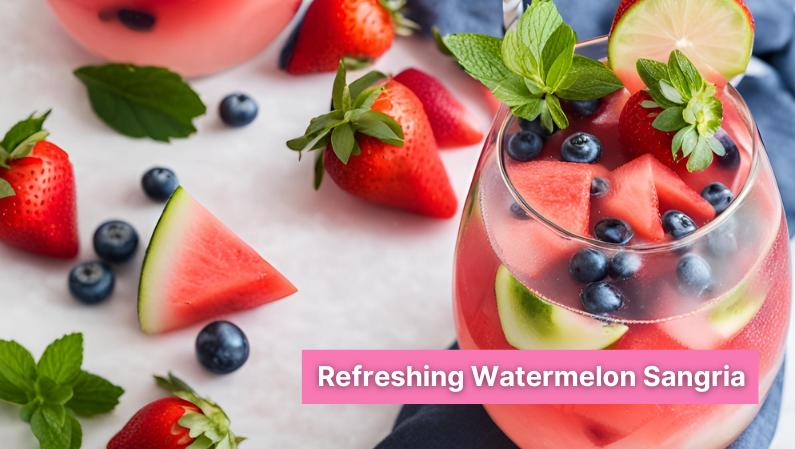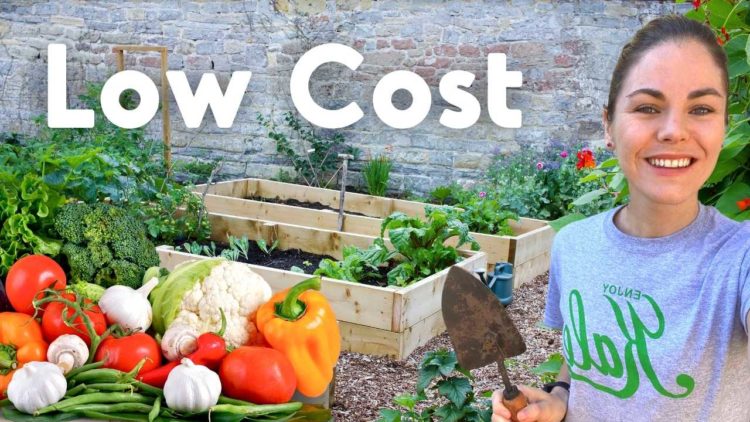Share This

Pages on this site may contain affiliate links, meaning if you book or buy something, I may earn an affiliate commission at no additional cost to you. Thank you for your support! Learn More
Also note: While I am a certified nutrition coach, I am not a medical doctor. Information here is not intended to be a replacement for the advice you should seek from your doctor.
In recent years, the reputation of kale has witnessed an incredible upsurge. From juices to smoothies and soups, this Cruciferous veggie is now everywhere, to the point that many consider it a real superfood. But is it actually true? Let’s discover the top 5 health benefits of kale!
The Top 5 Health Benefits of Kale
Considered by many as a superfood, in the last decade kale has become a “trendy” ingredient. But how much of its reputation is actually well-deserved?
Let’s look at the 5 main reasons why kale should have a place in the Olympus of superfoods.
1. A Powerhouse of Antioxidants Against Free Radicals
One of the greatest health benefits of kale is its action against free radicals, which are among the leading cause of cell aging, and many other degenerative diseases, including cancer.
Indeed, like all the other types of dark green leafy veggies – such as spinach, watercress, and Chinese cabbage – kale is rich in powerful antioxidants, i.e. substances that help counteract oxidative damage by free radicals in the body.
Among the antioxidants found in kale are beta-carotene and vitamin C, as well as various flavonoids and polyphenols, like quercetin and kaempferol. Studies have shown how these can have powerful heart-protective, blood pressure-lowering, and anti-inflammatory effects.
2. The Cancer-fighting Properties of Kale
Kale is loaded with compounds that are believed to have protective effects against cancer.
One of these is sulforaphane and indole-3-carbinol – two compounds that have been shown to help fight the formation of cancer at the molecular level.
In addition, caffeic acid – one of the many phenolic compounds found in kale – has demonstrated the potential to slow cancer-cell growth in a laboratory setting. However, further studies are needed to confirm its efficacy in humans.
❤️❤️ Don’t miss a recipe or post! Make sure you remember to sign up for my Newsletter and follow me on social ❤️❤️!
Get Your Free Stuff!
3. Eating Kale May Support Eye Health
Kale is rich in two phytonutrients, lutein and zeaxanthin, as well as in vitamin A and carotenoids, all of which support eye health and good vision. Consuming sufficient quantities of these nutrients has been proven to lower the risk of age-related macular degeneration and cataracts.
4. Kale May Support Bone Health
Among the health benefits of kale is also its ability to promote good bone health.
The main responsible for this is calcium, of which this veggie is particularly abundant. This mineral has a leading role in promoting stronger bones and teeth and preventing osteoporosis. In addition, kale contains low levels of oxalate, a natural compound that can hinder the absorption of calcium.
Kale is also one of the greatest sources of vitamin K, which studies suggest works with vitamin D to support healthy bone metabolism.
5. A Great Ally Against Heart Diseases
Kale contains a number of nutrients that support heart health, including potassium and magnesium, both of which can contribute to maintaining healthy blood pressure.
Another benefit of kale is that it contains substances called bile acid sequestrants, which can bind bile acids in the digestive system and prevent them from being reabsorbed. This reduces the total amount of cholesterol in the body, in turn lowering the risk of suffering from coronary and heart-related diseases.
In Conclusion: is Kale a True Superfood?
The answer is yes! Although there is not an actual definition of what a superfood is – or is not – kale can be considered a “powerhouse” food, meaning that its nutrient density is among the highest as far as veggies are concerned. This is why you should consider incorporating more kale into your diet!
However, there are some categories of people – in particular those on anti-coagulant medication, and those suffering from thyroid issues – that should be more mindful about consuming cruciferous vegetables like kale. This is because kale may affect the thyroid’s ability to absorb iodine, while the vitamin K contained in it can interfere with anticoagulants.
A Powerhouse of Nutrients: The nutrition facts of kale
Kale is a powerhouse of minerals and vitamins, such as calcium, iron, vitamins C and K, as well as a wide range of other immune-boosting and anti-inflammatory nutrients.
With 36 calories for one cup (130 grams) of raw produce, kale can be considered a low-calorie veggie, suitable for any type of diet.
Moreover, one cup of raw kale contains:
- Vitamin A: 206% of the DV (from beta-carotene)
- Vitamin K: 684% of the DV
- Vitamin C: 134% of the DV
- Vitamin B6: 9% of the DV
- Manganese: 26% of the DV
- Calcium: 9% of the DV
- Copper: 10% of the DV
- Potassium: 9% of the DV
- Magnesium: 6% of the DV
- It also contains 3% or more of the DV for vitamin B1 (thiamin), vitamin B2 (riboflavin), vitamin B3 (niacin), iron, and phosphorus.
Fun Facts About Kale
- Kale has more absorbable calcium than a small carton of milk.
- Contrary to spinach, kale is low in oxalates – compounds that can hinder the absorption of minerals.
- Ancient Greeks used to boil leaves for eating as a cure for drunkenness.
- Kale chips are a simple, good-for-you snack. All you have to do is remove the kale leaves from the stems, tear them into bite-sized pieces, drizzle them with olive oil and a dash of salt, and bake for 10 to 15 minutes in a 400 F oven.
Ingredient Selection Tips
When choosing kale, the first thing to consider is the color of its leaves. Prefer dark green leaves, with an intense color, which means a greater presence of antioxidants. In addition, kale leaves should be thick and curly.
On the other hand, avoid kale leaves that have spots or have started to turn dark brown, which might indicate that the product is not at its freshest.
Grow Kale in Your Own Garden
Growing your own kale is not as difficult as it might sound!
Indeed, kale can thrive in almost any type of soil, provided that it is deep and slightly acidic (the PH should be around 6-6.5).
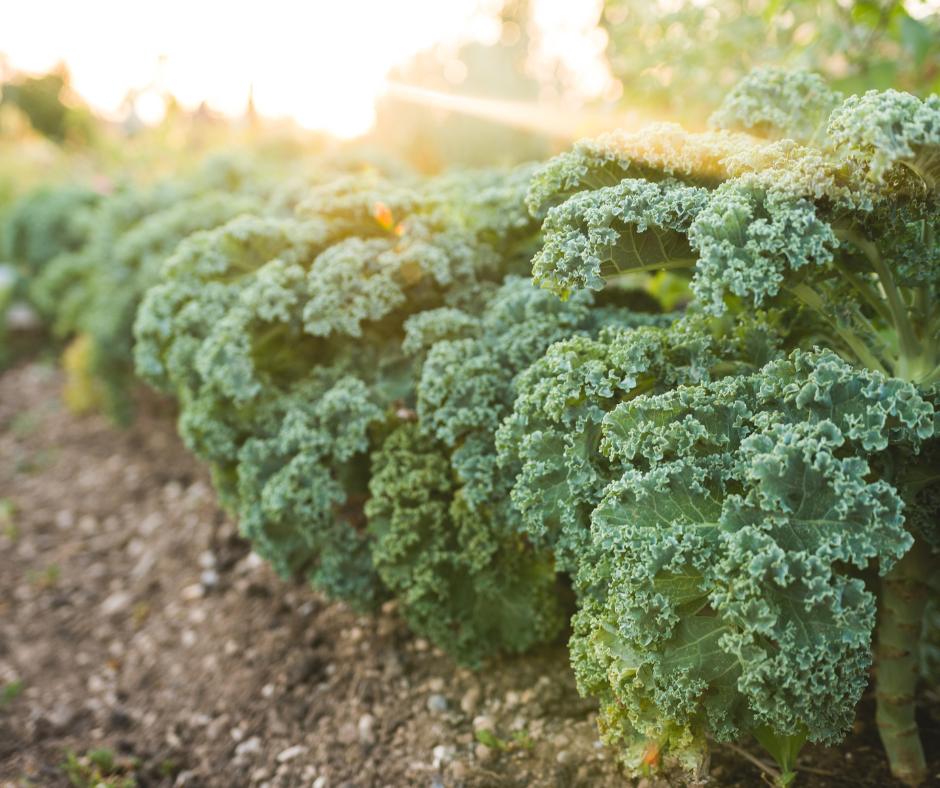

For early spring production, seeds are sown in warm beds or greenhouses between November and December. After 30 to 35 days they can then be re-planted outside.
In addition, the plants need regular watering and weeding. Young kale seedlings need to be watered more often, especially if the outside atmosphere is quite dry. Over time, the plants get stronger and it is possible to gradually reduce watering.
Some Simple and Healthy Recipes with Kale
If you need some ideas on how to add more kale to your diet, here are some of my favorite healthy recipes with this amazing superfood.
For an energizing breakfast, try my Coconut Lime Smoothie, and Matcha Green Smoothie, as well as these Superfood Smoothie Bombs – easy, freezable green veggie cubes that can be used in a plethora of different smoothie recipes.


For an earthy and comforting meal, you can try my Tuscan Kale and Sausage Soup with Chickpeas, my delicious Creamy Kale Gnocchi with Mushrooms and Beans, or my healthy Savory Neatloaf with Lentils, Chickpeas, Mushrooms, and Veggies.
Finally, if you are looking for a rich salad recipe, my Kale Apple Beet Coleslaw and Winter Harvest Salad are perfect for you. I hope you will enjoy them!







